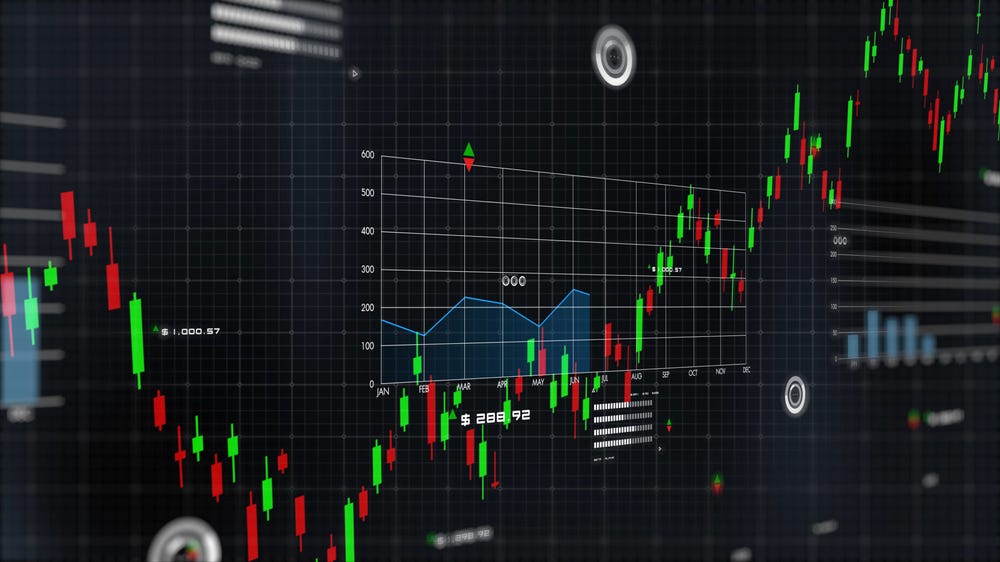
Understanding Crypto Trading Models
The world of cryptocurrency is dynamic and fast-paced, requiring traders to utilize various strategies to maximize their returns. One essential aspect of successful trading is employing effective Crypto Trading Models click here trading models. These models not only provide a framework for decision-making but also help in quantifying market movements. In this article, we will explore the different types of crypto trading models, their mechanics, and how traders can implement these strategies for more informed trades.
What Are Crypto Trading Models?
Crypto trading models are systematic methods used by traders to analyze price movements and predict future trends in the cryptocurrency market. These models can range from simple technical analysis approaches to complex quantitative methods that incorporate machine learning algorithms. The primary aim of any trading model is to determine the optimal entry and exit points in trades while managing risk effectively.
Types of Crypto Trading Models
There are several categories of trading models that may be employed by cryptocurrency traders. Here are some of the most commonly used models:
1. Technical Analysis Models
Technical analysis relies on historical price data, trading volume, and various indicators to forecast future price movements. Common tools within this model include:
- Candlestick Patterns: Traders use specific formations of candles on price charts to identify potential reversal or continuation points.
- Moving Averages: This model employs averages of past prices to smooth out price data and identify trends. The crossover of short-term and long-term moving averages can indicate buy or sell signals.
- Relative Strength Index (RSI): Used to measure the magnitude of recent price changes, RSI indicates whether a cryptocurrency is overbought or oversold.

2. Fundamental Analysis Models
While technical analysis focuses on price action, fundamental analysis examines the intrinsic value of a cryptocurrency. Factors included in this model are:
- Market Capitalization: A measure of a cryptocurrency’s value, calculated by multiplying the total supply by the current price.
- Adoption Rate: The current use and acceptance of a cryptocurrency within various markets can significantly influence its value.
- Technological Developments: Innovations, upgrades, or changes in the protocol can have a profound impact on a cryptocurrency’s price and potential.
3. Algorithmic Trading Models
Algorithmic trading involves using complex mathematical models and high-frequency trading strategies to execute trades. These models can analyze vast amounts of data and make quick decisions based on market conditions. Common strategies under algorithmic trading include:
- Arbitrage: This strategy takes advantage of price discrepancies across different exchanges.
- Market Making: Traders provide liquidity by placing buy and sell orders around the current market price, profiting from the spread.
- Mean Reversion: This strategy assumes that the price of an asset will eventually revert to its historical mean.
Implementing Crypto Trading Models
Using a trading model effectively requires not only understanding the theories behind them but also the practical application. Here are some steps to implement these models successfully:
1. Define Your Strategy
You need to establish what type of trading model resonates with your investment style. Are you a long-term investor or a day trader? Your choice will dictate the model you choose to leverage.

2. Backtesting
Before deploying a model in live trading, backtesting it against historical data is crucial. This process checks how well the model would have performed in past market conditions.
3. Risk Management
Prioritize risk management strategies to protect your capital. Techniques such as stop-loss orders and position sizing can help minimize exposure during volatile market movements.
4. Continuous Learning
The cryptocurrency market is ever-evolving; thus, keeping up-to-date with new trends, market news, and model improvements is vital for sustained success.
The Future of Crypto Trading Models
As technology and market dynamics progress, crypto trading models will likely become more sophisticated. Innovations such as artificial intelligence and machine learning will enable traders to analyze market data with unparalleled speed and accuracy. Additionally, the increasing acceptance of cryptocurrencies by mainstream finance will lead to an influx of new data, further enriching trading models.
Conclusion
Crypto trading models serve as vital tools for traders seeking to navigate the volatile cryptocurrency market. By understanding different model types and implementing them effectively, traders can enhance their decision-making processes, increase profitability, and manage risks better. As the cryptocurrency landscape continues to evolve, embracing advanced trading models will be crucial for both novice and seasoned traders alike.